Essay: Maan, Firoz and queer love in A Suitable Boy
Though Vikram Seth’s novel and Mira Nair’s series based on it is mainly structured around matchmaking for Lata Mehra, there is a tender love story unfolding in the background between Maan and Firoz, which exists alongside their love for women
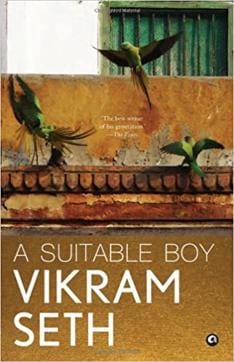
While Vikram Seth has yet to deliver A Suitable Girl, the book he has been promising since 2009, filmmaker Mira Nair is out with a television series based on Seth’s novel A Suitable Boy (1993). Made for BBC Studios in the UK, this six-episode period drama is set in 1951 against the backdrop of marriage proposals, electoral politics and Hindu-Muslim riots in north India. It was adapted from Seth’s novel by Andrew Davies, who is known for adaptations of novels by Jane Austen, Charles Dickens and George Eliot.
The TV series revolves around finding a suitable match for Lata (Tanya Maniktala). A university student with a flair for the arts, she lives under the domineering influence of her mother and commands the affections of three young men -- a cricketer, a poet and a shoemaker. The suitors are charming and persistent, making it difficult for Lata to choose. This storyline is predictable but the elements of surprise and tension lie in the friendship between Maan (Ishaan Khatter) and Firoz (Shubham Saraf) who bring a queer flavour to the heteronormative plot.
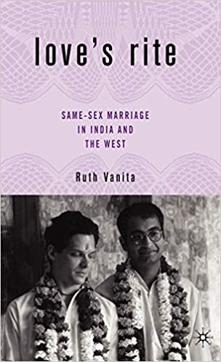
In her book Love’s Rite: Same-Sex Marriage in India and the West (2005), Ruth Vanita writes, “Friendship, in both premodern Europe and India, is defined as a long-term, exclusive, intimate, non-biological relationship, which entails friends living together and sharing everything. Friends exchange vows of eternal fidelity. They give without being asked, and make sacrifices for one another... Friends are often buried or cremated together... All these are features also ascribed to an ideal marriage and an ideal love relationship.”
This lens is helpful to understand the bond between Maan and Firoz, which might appear confusing to viewers who believe in two impermeable categories -- heterosexual and homosexual -- and imagine that other alternatives do not exist. Maan is passionately drawn to Saeeda (Tabu), a courtesan with a magical voice who has him eating out of her hands. Firoz is besotted with Tasneem (Joyeeta Dutta), who is locked away from prying eyes, and the mystery makes her more alluring. Why then do Maan and Firoz relish each other’s presence and touch?
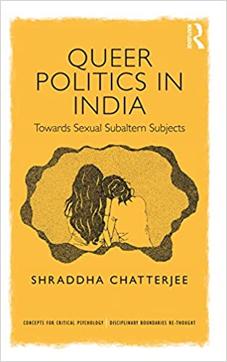
Shraddha Chatterjee, author of the book Queer Politics in India: Towards Sexual Subaltern Subjects (2018), says, “Both Maan and Firoz fall in love with tawaifs -- Saeeda and Tasneem respectively. I read this as a cover for their longing for each other. It may help people around them believe they are heterosexual, and it may help them believe the same about themselves. Maan crosses lines of respectability, and is thrown out of his father’s home. Firoz illicitly courts a woman, going across class and respectability, eventually discovering that she is his sister.”
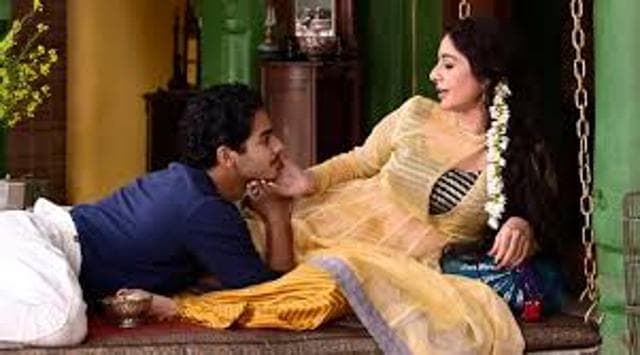
What hints does the TV series drop to suggest that Maan and Firoz may not be heterosexual? When Maan’s brother marries Lata’s sister, Maan says that he is supposed to be the next one. He lets on that he is engaged to a girl from Benaras but tries not to think about it. Later, he is described as “not so practical” unlike his brother. His father scolds him for the way he stands, and asks him to straighten up. It is common for queer men to be forced into marriage, ridiculed for a posture or gait seen as feminine, and compared with norm-abiding men in the family.
When Maan’s father wonders about Maan’s whereabouts, Firoz’s father mentions that Firoz too has disappeared. They seem to have an inkling about the nature of this friendship; their sons’ unavailability is dismissed as “mystery solved.” Maan raises a toast “to friendship, much purer than love and less problematic.” The image of them lying in bed in the Baitar palace is reminiscent of Vikram Seth’s poem Guest, in the collection Mappings (1981), where he writes:
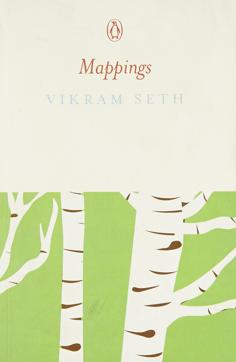
“I felt his sleepy classic head
And long-limbed body stir my quiescent heart.
I’d thought that I was free. Wrong from the start.
I found I loved him utterly instead.”
Ankit Vyas, who was an elected committee member of the University of Reading’s LGBT+ Society in 2014-15, and now works with a law firm in the UK, says, “The background ghazals of Dagh Dehlvi are reflective of their homoerotic relationship. Saeeda Bai’s rendition of ‘Lutf woh ishq mein pae hai ke jee jaanta hai’ is about her experiences but having Maan and Firoz in the frame makes the interpretation more layered. Likewise, Maan’s meeting with Firoz at the polo ground, after he has fallen for Saeeda Bai, begins with the ghazal ‘nā-ravā kahiye nā-sazā kahiye’. That again is open to interpretation.”
Vyas likens the friendship between Maan and Firoz to Urdu poets Josh Malihabadi (1896-1982) and Saghar Nizami (1905-1983) “who did not have the privilege to openly admit their love in clear terms.” Historian-translator Saleem Kidwai has written about them in the book Same-Sex Love in India: A Literary History (2000), which he co-edited with Ruth Vanita. The letters exchanged between these poets, published after their deaths, reveal an intense friendship of 50 years. One such letter states, “I want you to come so that while it rains, our few weakly virtues and our numerous robust vices can wrestle to their heart’s content and...get a chance to fulfill their appetites.”
Is it appropriate to assign a particular sexual orientation to Maan and Firoz when they do not identify themselves as gay, bisexual or queer? When Firoz tries to teach Maan how to play polo, he asks the latter to hold his arm straight and to look at the ball, and not his friend. Maan grows impatient, and complains that he is not having fun. Firoz argues that nothing is fun in the first 15 minutes. Not one to miss this opportunity for innuendo, Maan says, “I can think of something that is. Two things, actually.” They look knowingly at each other, and Firoz asks Maan to shut up and concentrate.
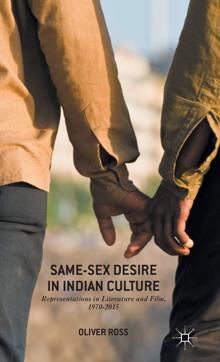
Does Seth encourage this interpretation, or is the ‘queering’ a result of how Davies and Nair approach the story? In his 2016 book Same-Sex Desire in Indian Culture: Representations in Literature and Film, 1970-2015, author Oliver Ross notes, “Whenever they are depicted together, the author almost invariably combines the possessive noun phrase ‘his friend’ with some form of physical intimacy... Seth’s insistence on this easy tactility evokes the Hindi/Urdu concepts of yaar and yaari.” In his preface to the Hindi translation of the novel, Seth mentions he often thought in Hindi while writing. A yaar can be a friend, buddy, pal, mate or sweetheart.
Seth’s poem Dubious, which appears in the collection Mappings (1981), is a celebration of bisexuality, and a humorous rejoinder to rigidly defined ideas about sexual orientation. It reads as follows:
“Some men like Jack/ and some like Jill;/ I’m glad I like/ them both; but still/ I wonder if/ this freewheeling/ really is an/ enlightened thing --/ or is its greater/ scope a sign/ of deviance from/ some party line?/ In the strict ranks/ of Gay and Straight/ what is my status?/ Stray? Or Great?”
Kavita Dattani, a doctoral candidate whose research at Queen Mary University of London focuses on gender, sexuality and digital technologies in urban India, notes that “Are they gay or are they not?” is a question that viewers in the UK are obsessed with. For her, this enquiry takes the poetry out of the relationship between Maan and Firoz. She recognizes the importance of having more queer characters on screen, from a rights-based perspective, but also believes that things get more complicated when Indian stories are told to Western audiences.
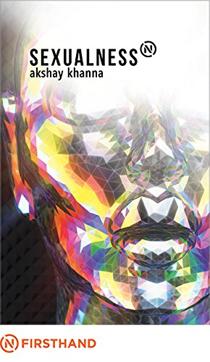
Recalling anthropologist Akshay Khanna’s book Sexualness (2016), where he examines photographs of men holding hands in India, Dattani says, “European and North American photographers find a contradiction when they see non-gay men conducting a ‘homosexual’ act by holding hands. They separate friendship from the erotic, and define heterosexuality through a denial of homoeroticism, which must sit neatly within a homosexual body labelled as such. Don’t forget it was the British who introduced ‘anti-sodomy’ laws in India in the first place, it was a colonial impulse to categorise everything in Indian society.”
David Lunn, Senior Teaching Fellow and Research Associate in South Asian and Postcolonial Studies at SOAS University of London, is also wary of taking English-language terms from contemporary times and reading them backwards into history. His hesitation comes from the belief that imposing Western or Euro-American categories “erases what were usually far more fluid and open understandings of sex, gender and sexuality in pre-colonial contexts.” Even liberatory concepts come with their own baggage, and the same terms do not work for everyone.
“If we were to use labels common among gay men, Firoz would probably be called the ‘bottom’ or the receptive partner, and Maan the ‘top’ or dominant partner. However, are these categories useful or do they merely reinforce stereotypes?” asks Paresh Hate, a PhD candidate at Jawaharlal Nehru University in Delhi, and a member of Hasratein: a queer collective. According to him, whether Maan and Firoz have sex or not is unsaid, but what’s noteworthy is “that they value their intimacy while everyone else has made it their goal in life to get married.”
Lata’s mother prioritizes ‘compatibility’ along the lines of religion and caste but the friendship between Maan and Firoz seems to challenge bigotry. They share a deep sense of love and loyalty. Suraj Girijashanker, Assistant Professor at Jindal Global Law School, whose expertise includes human rights, refugee law, sexual orientation and gender identity, finds their relationship powerful especially because “as queer relationships get more cemented in public life in India, they borrow from heterosexual conventions... with parents articulating clear religious and caste preferences about the kind of suitable boy they want their son to bring home.”
Nair’s series seems to end on a redemptive note because old wounds have healed through forgiveness. However, Chatterjee offers a different reading. She says, “It is ironic that Maan saves Firoz’s life during the communal riots that break out over a temple being built at the site of a mosque, and then Maan is the one to stab Firoz as well. In today’s India, it may just be that queerness is acceptable but not an inter-religious coupling. Homosexuality is decriminalized but being Muslim seems fraught with many dangers.”
Chintan Girish Modi is a writer, educator and researcher. He is @chintan_connect on Twitter.





